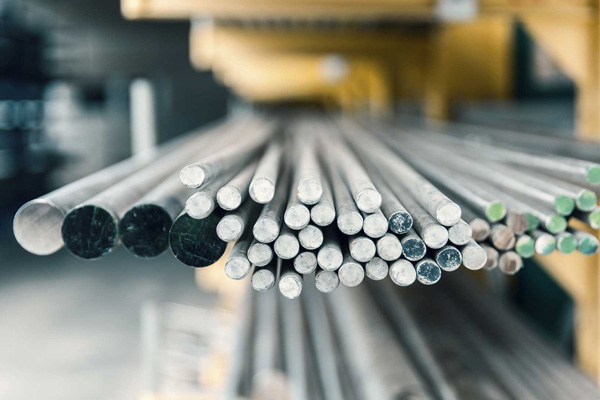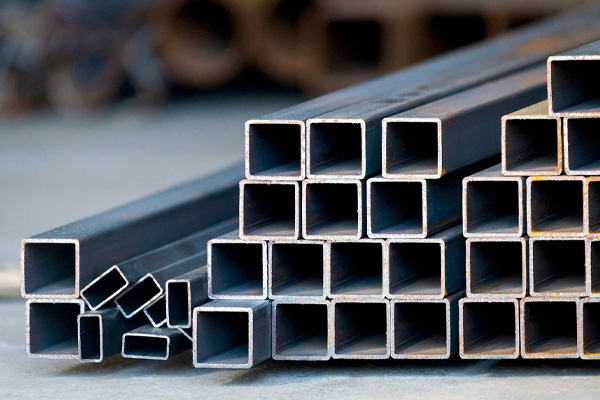Current Metal Silicon Prices
The given Metal Silicon prices are compiled from pricing lists from various manufacturers and worldwide metal market data. Metal Silicon prices are updated regularly and are solely for reference.
| China | |||||
|---|---|---|---|---|---|
| Material | Location | Current Price | Change | Price Date | Unit |
| Metal Silicon | Shanghai | 15,290.00 | 0 (0%) | 2024-02-23 | RMB/ton |
Metal Market News
About Metal Silicon
Metal Silicon
Silicon metal is a grey, lustrous, semi-conductive metalloid with the atomic number 14 and the symbol Si. It is the second most abundant element in Earth's crust, after oxygen, and is found in a variety of minerals, including quartz, sand, and feldspars. It's not actually a metal in its pure form but exhibits some metal-like properties. Silicon is a semiconductor, meaning it conducts electricity better than a non-conductive insulator but not as well as a true conductor like a metal.
Silicon metal is a reactive material that can react with a variety of substances, including water, acids, and alkalis. It is also susceptible to oxidation, and can form a layer of silicon dioxide on its surface.
Silicon metal is a non-toxic material that is not harmful to humans or the environment. However, it can be a fire hazard, and should be handled with care.
Metal Silicon Origin And Distribution
Silicon metal is not naturally found in its pure form. It is primarily derived from silica (SiO2), the most abundant mineral in Earth's crust. The process of extracting silicon metal from silica involves several steps:
Crushing and Grinding: Silica is initially crushed and ground into fine particles to increase its surface area and enhance its reactivity.
Carbothermic Reduction: The powdered silica is then mixed with carbon, typically in the form of coke, and heated in an electric arc furnace. At high temperatures, the carbon reacts with silica to produce silicon metal and carbon monoxide gas.
Purification: The resulting silicon metal is still impure and contains various impurities such as aluminum, iron, and boron. To purify the silicon, it undergoes a series of refining processes, including leaching, filtration, and distillation.
Crystallization: The purified silicon is then melted and subjected to a controlled cooling process, allowing it to solidify into large, single crystals of silicon. These crystals are crucial for semiconductor applications due to their high purity and structural integrity.
Wafer Preparation: The silicon crystals are sliced into thin wafers, typically around 0.2 millimeters thick, using diamond saws. These wafers are the foundation for manufacturing integrated
Metal Silicon Uses
Silicon metal, also known as metallurgical-grade silicon, is a versatile material with a wide range of applications. It is a key component in various industries, including electronics, semiconductors, solar cells, and metallurgical alloys.
Silicon is the cornerstone of the semiconductor industry, serving as the primary material for manufacturing transistors, integrated circuits (ICs), and other electronic components. Its unique semiconductor properties allow it to control the flow of electrons, making it essential for modern electronics.
Silicon is often added to aluminum alloys to enhance their strength, hardness, and resistance to corrosion. Silicon-aluminum alloys are widely used in the automotive and aerospace industries due to their lightweight and durable properties.
Silicon is the dominant material for manufacturing photovoltaic (PV) cells, which convert sunlight into electricity. Its abundance, efficiency, and cost-effectiveness make it the preferred choice for solar power generation.
Metal Silicon Producing Countries
Following are the major Metal Silicon producing countries in the world:
- China
- Russia
- Brazil
- Norway
- United States
Metal Silicon Importing Countries
- United States
- India
- Vietnam
- Taiwan
- South Korea
Metal Silicon Production
Global silicon metal production in 2022 was estimated at 8.8 million metric tons. This represents a slight decrease from the 9.2 million metric tons produced in 2021. The decline is attributed to various factors, including supply chain disruptions, global economic uncertainties, and temporary shutdowns of some production facilities.
Here's a breakdown of the top five silicon metal producing countries in 2022:
China: 5.5 million metric tons
Russia: 580,000 metric tons
Brazil: 390,000 metric tons
Norway: 350,000 metric tons
United States: 310,000 metric tons
China remains the dominant producer, accounting for over 60% of global silicon metal output in 2022. The country's abundant silica resources, strong industrial base, and government support have contributed to its leading position.
The demand for silicon metal is expected to continue to grow in the coming years, driven by the increasing demand for electronic devices, solar cells, and silicon-based alloys. This growth is likely to stimulate further production capacity expansions and technological advancements in the silicon metal industry.





